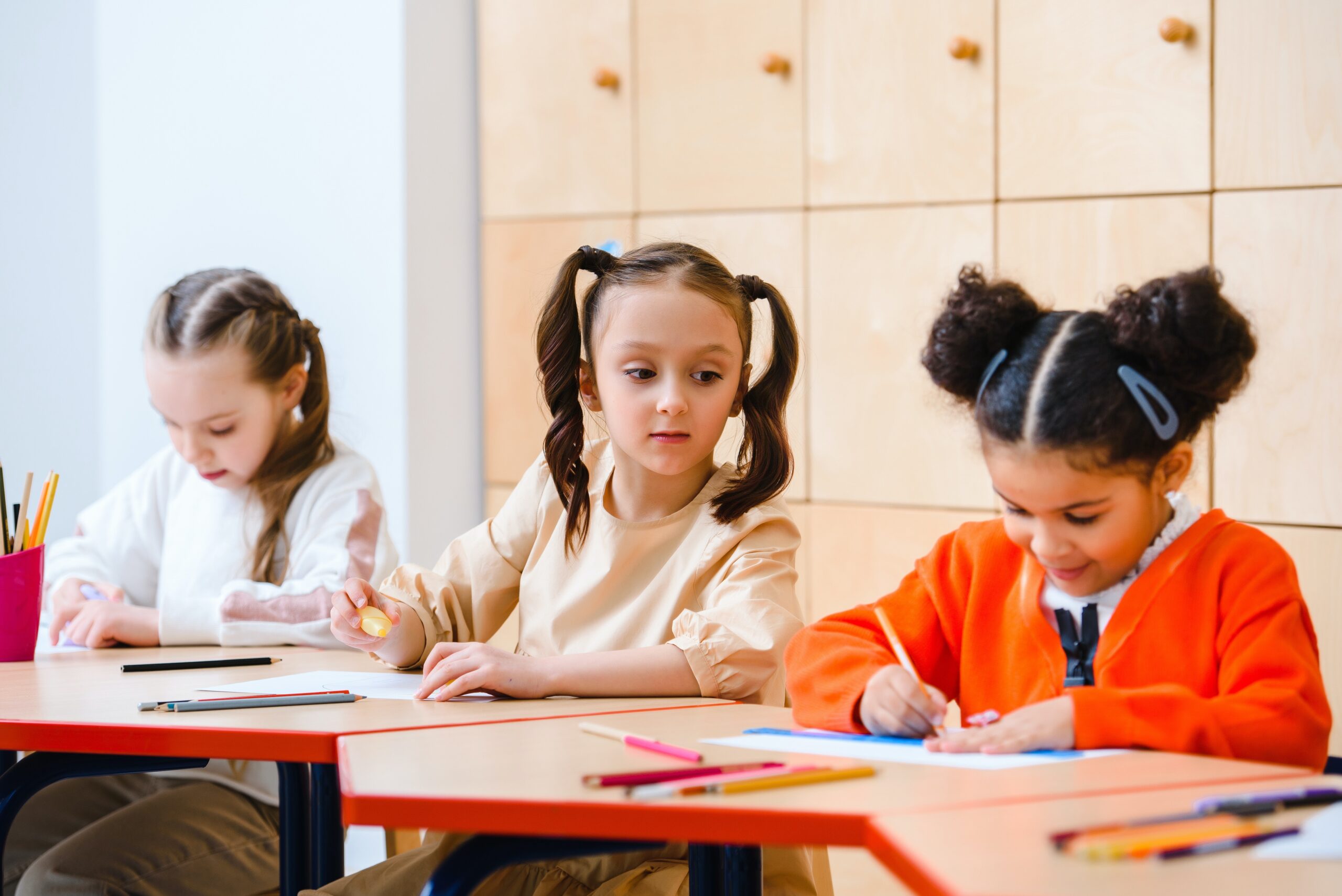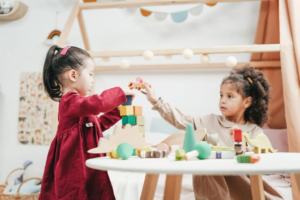
Every child should have the chance to succeed in their educational endeavors. However, due to learning difficulties, some kids experience particular difficulties. Learning difficulties can impair a child’s capacity for information acquisition, processing, and retention, necessitating collaboration between educators, parents, and the community to offer essential support. In this article, we’ll look at practical approaches for creating a welcoming and empowering learning environment while supporting the education of kids with learning difficulties.
Understanding Learning Disabilities
Understanding what learning disorders are and how they affect children is crucial to providing them with the best support. Neurodevelopmental disorders known as learning disabilities impact the brain’s capacity to receive, process, analyze, or store information. These impairments can appear in various ways, including issues with reading, writing, math, or organizing ability.
Educators and parents can create treatments that are specifically tailored to the requirements of children with learning disabilities by being aware of the distinctive difficulties they confront. It is crucial to understand that learning difficulties do not necessarily indicate a child’s intelligence or potential; they call for focused interventions to support their academic and social success.
Early Identification and Assessment
Effective intervention requires the early detection of learning impairments. Parents and educators can actively support a child’s educational path by identifying the warning signs and symptoms of learning impairments. Professionally performed assessments are carried out regularly to assist in pinpointing problem areas and reveal the child’s learning profile.
Teachers and parents can collaborate to create an Individualized Education Program (IEP) or a 504 plan once a learning problem has been diagnosed. These plans specify tailored adaptations, accommodations, and teaching methods that consider the child’s particular requirements. Early intervention helps youngsters achieve better results and lays a solid educational foundation for them.
Differentiated Instruction
Differentiated education is a potent strategy that considers all of a student’s needs, including those with learning difficulties. It entails adapting instructional strategies, resources, and evaluations to each student’s unique learning preferences, limitations, and strengths.
By offering diverse ways to learn, such as visual aids, manipulatives, or technological resources, educators can differentiate their training. Children with learning difficulties can acquire and retain material more successfully by separating complex topics into smaller, more manageable portions and offering extra support and scaffolding.
Assistive Technology
Children with learning difficulties benefit greatly from using assistive technology in their education. These technological tools can improve their academic experience, promote independence, and close the achievement gap for each student.
Apps for education, speech recognition software, graphic organizers, and text-to-speech software are a few examples of assistive technology. These tools allow kids with learning challenges to obtain knowledge, show that they understand it, and actively participate in the educational process. Opting for specialized schools for children with learning disabilities can help children in overcoming obstacles and realize their full potential by integrating assistive technology into the classroom and home environment.
Collaborative Partnerships
Supporting children with learning difficulties requires strong partnerships between educators, parents, and the community. An inclusive and encouraging learning environment is created by working together as a team through open communication channels.
The sharing of important information through regular meetings between parents and teachers ensures that the child’s needs are met at home and school. Participating in community resources, such as advocacy groups, support groups, and specialized experts, can provide more knowledge and direction.
Emotional and Social Support
Emotional and social difficulties are frequent for kids with learning disabilities and can affect their general well-being. Their academic performance depends on offering emotional support and promoting a pleasant social environment.
All kids can feel appreciated and respected in a classroom environment that is safe and inclusive. Social stigmas can be lessened, and healthy connections can be fostered through encouraging empathy, understanding, and acceptance among peers. Additionally, social skills instruction and counseling programs can give kids the tools they need to successfully navigate social situations and control their emotions.
Conclusion
Supporting the education of kids with learning disabilities calls for an all-encompassing strategy that includes comprehension, early detection, individualized interventions, assistive technology, cooperative collaborations, and emotional support. Educators and parents can give children with learning difficulties the tools they need to overcome challenges and excel in their academic and personal lives by implementing these methods. In order to ensure that all children receive the education they deserve, it is critical to create a welcoming and encouraging environment that recognizes each child’s distinctive skills and potential.

